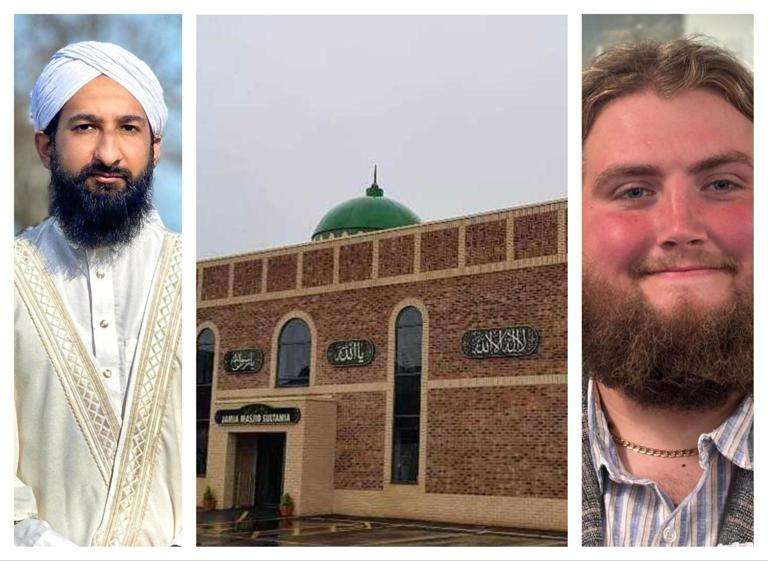Kemi Badenoch, a prominent Conservative figure, has ignited a national debate by suggesting that encouraging higher birth rates among the existing UK population is a more sustainable solution to the country's ageing demographic challenges than relying on immigration. Speaking on the BBC's "Sunday with Laura Kuenssberg" program, Badenoch argued that immigration "is making things worse; it is making us all poorer," and that the UK must address its declining birth rate to ensure long-term societal stability.
Her comments have drawn criticism from figures like former Conservative education secretary Justine Greening, who countered that the focus should be on "develop[ing] the ones we've got in our schools" rather than simply increasing the population. The shadow justice secretary also weighed in, highlighting the need for improved childcare and housing to support families in having children.
Demographic Trends and Ethnic Composition:The UK's ethnic landscape is evolving, with the White British group currently comprising the majority. However, the Asian population, encompassing British Indian, British Pakistani, and British Bangladeshi communities, is a significant and growing segment. Predicting the "most populated ethnic community" in the future is complex, influenced by birth rates, immigration, and self-identification.
Birth Rate Analysis:Obtaining precise, up-to-the-minute birth rates for specific ethnic subgroups in the UK is challenging. However, general trends can be observed:
British Muslim Communities: Studies indicate that British Muslim communities tend to have higher average family sizes compared to the national average. This contributes to their population growth.
British South Asian Communities:Birth rates within South Asian communities (Indian, Pakistani, Bangladeshi) vary.It is known that those of Pakistani and Bangladeshi heritage have higher birth rates than those of Indian heritage.Overall, South Asian communities have contributed to the UK's increasing ethnic diversity.It's important to note that detailed, publicly available statistics that precisely isolate birth rates for each specific community (British Bangladeshi, British Indian, British Pakistani) are limited.The ONS does collect information on ethnicity and birth rates, but the data is not always broken down to the degree of specificity requested.The ONS does provide data on the fertility rates of women by country of birth, which shows that women born outside of the UK have a higher fertility rate than those born inside the UK.
Key Considerations:Demographic projections are subject to change, and various factors can influence population trends. Discussions about demographics should be conducted with sensitivity, avoiding generalizations or language that could promote division.The ONS is the primary source of demographic information in the UK.
_7.jpg)


_9.jpg)




.svg)


